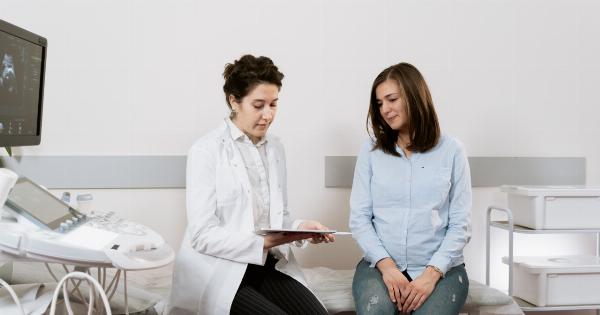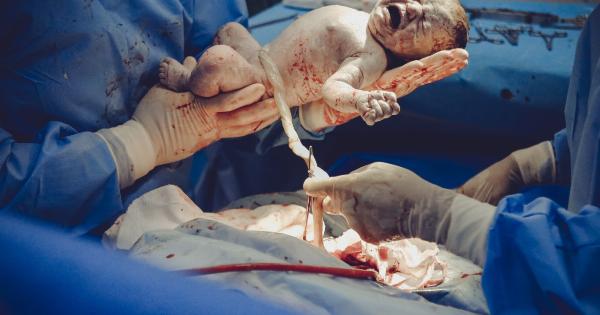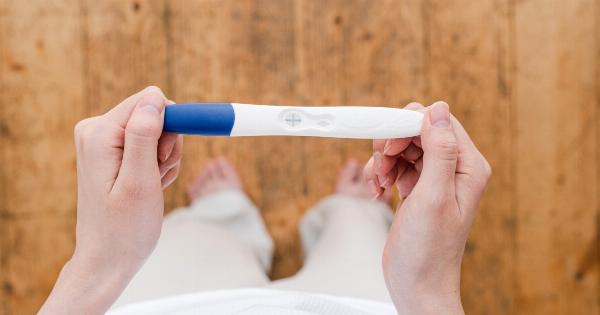Placenta accreta is a rare but serious condition that affects some pregnant women. It occurs when the placenta implants too deeply into the uterine wall, making it difficult to deliver the placenta after birth.
In some cases, the placenta may even grow into the muscle of the uterus, creating a life-threatening situation for both the mother and the baby. Below is a guide for expectant mothers to better understand placenta accreta and its potential risks.
What Causes Placenta Accreta?
The exact cause of placenta accreta is not known, but there are several risk factors that can increase the likelihood of developing the condition, including:.
- Previous cesarean deliveries
- Placenta previa (when the placenta covers the cervix)
- Previous uterine surgery
- Maternal age over 35
- Multiple pregnancies
- Assisted reproductive technologies
How is Placenta Accreta Diagnosed?
Placenta accreta can be difficult to diagnose prior to delivery, but there are several diagnostic tests that can help identify the condition, including:.
- Ultrasound: This non-invasive imaging test can detect the presence of placenta accreta by showing the placenta deeply implanted into the uterine wall.
- Magnetic resonance imaging (MRI): An MRI can provide more detailed imaging of the uterus and placenta, allowing for a more accurate diagnosis.
- Biopsy: In some cases, doctors may perform a biopsy of the placental tissue to confirm the diagnosis.
What are the Risks of Placenta Accreta?
Placenta accreta poses several risks to both the mother and baby, including:.
- Postpartum hemorrhage: This is the most common complication of placenta accreta, caused by difficulty in detaching the placenta from the uterus after birth. It can lead to severe blood loss, requiring a blood transfusion and even causing death in extreme cases.
- Uterine rupture: The pressure exerted by an accreta placenta on the uterine wall can cause it to rupture, which can be life-threatening for both the mother and baby.
- Placenta previa: Placenta accreta increases the risk of having placenta previa, which can cause bleeding during pregnancy and delivery.
- Low birth weight: In severe cases, placenta accreta can restrict fetal growth, leading to a low birth weight baby.
Treatment Options for Placenta Accreta
The treatment for placenta accreta depends on the severity of the condition and the health of the mother and baby. In some cases, doctors may recommend an early delivery by cesarean section to minimize the risk of complications.
If possible, the placenta will be removed manually after delivery, but in some cases, a hysterectomy may be necessary to control bleeding and prevent further damage to the uterus.
Prevention of Placenta Accreta
There are several steps that pregnant women can take to reduce the risk of developing placenta accreta, including:.
- Avoiding unnecessary cesarean deliveries: Women who have had a previous cesarean delivery should discuss their delivery options with their healthcare provider to determine if a vaginal birth after cesarean (VBAC) is possible.
- Consulting with a specialist: Women with a history of placenta previa, uterine surgery, or previous accreta should consult with a maternal-fetal medicine specialist to discuss their delivery options and potential risks.
- Early detection and monitoring: Women with risk factors for placenta accreta should undergo frequent ultrasounds and other diagnostic tests to detect the condition early and monitor its severity throughout the pregnancy.
Conclusion
Placenta accreta is a serious condition that requires close monitoring and careful management.
Women who are pregnant or planning to become pregnant should discuss their risk factors for placenta accreta with their healthcare provider and take steps to reduce their risk of developing the condition. With proper care and management, most women with placenta accreta are able to deliver healthy babies and recover without major complications.
























